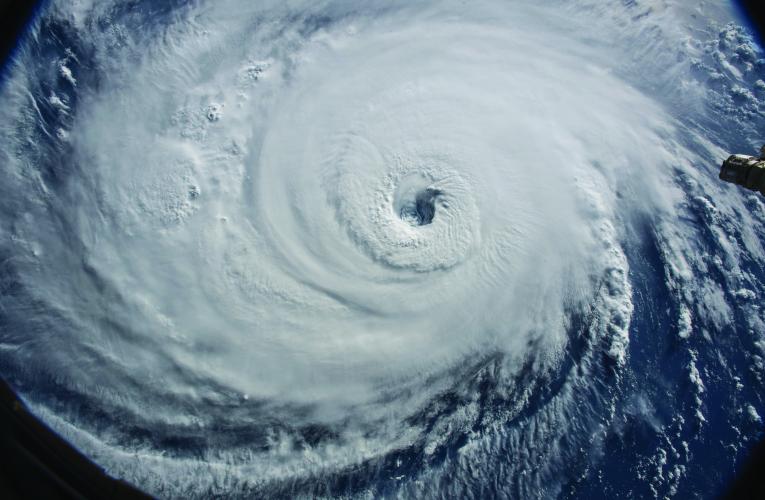Tim Lucas
(919) 613-8084
tdlucas@duke.edu
DURHAM, N.C. – The new North Carolina Climate Science Report, issued March 11, benefits from the scientific expertise of two Nicholas School of the Environment faculty members.
Wenhong Li, who is widely cited for her work on climate modeling and extreme precipitation, and Ana P. Barros, an expert on precipitation dynamics and flood hazards in mountainous regions, both served on the report’s climate science advisory panel.
The report documents changes that already have occurred in North Carolina as a result of global warming and projects likely future effects.
Two sets of projections are provided: one for if greenhouse gas emissions continue to increase through the end of the century, and another for if emissions rise at a slower rate, peak around mid-century and then drop.
“Our scientific understanding of the climate system strongly supports the conclusion that large changes in North Carolina’s climate, much larger than at any time in the state’s history, are very likely by the end of his century under both the lower and higher scenarios,” the report’s 15 authors write.
Key observed and projected changes include:
TEMPERATURE
- 2019 was the warmest year on record for the state, and 2009-2018 was the warmest 10-year period, with temperatures averaging 0.6°F warmer than during any prior decade.
- Annual average temperatures across the state will rise 6°-10°F if emissions continue to increase through the year 2100; they’ll rise 2°-6°F if emissions begin to drop by mid-century.
- The number of warm or very warm nights will very likely increase under either scenario. The number of hot or very hot days will also likely increase.
- Summer heat index values will rise because of increases in absolute humidity.
PRECIPITATION
- Heavy rainfall events, dumping 3 inches or more in a day, are becoming more common, with the last four years seeing the greatest number of them since 1900.
- It is likely that annual total precipitation will increase through the end of the century.
- The frequency and intensity of extreme precipitation will very likely increase due to increases in atmospheric water vapor.
SEA LEVEL RISE
- Sea level is rising twice as fast along the state’s northern coast as along its southern shore. The town of Duck in the northern Outer Banks has seen an average rise of 1.8 inches per decade since 1978; Wilmington, in the south, has seen an average rise of 0.9 inches per decade since 1935.
- It is virtually certain that sea level will continue to rise along the entire coast and high-tide flooding will become a nearly daily occurrence.
HURRICANES
- The intensity of the strongest hurricanes will increase.
- Heavy rainfall caused by hurricanes that pass over or near North Carolina is very likely to increase, raising the potential for increased inland flooding.
- Increased storm surge flooding is likely due to rising sea levels and the increasing intensity of coastal storms.
STORMS
- The frequency of severe thunderstorms will likely increase.
- Total snowfall and the number of heavy snowstorms will likely decrease.
DROUGHTS AND WILDFIRES
- Future droughts will likely be more intense because of higher temperatures and increased evaporation.
- The frequency of climate conditions conducive to wildfires will likely increase.
The new report was prepared by the North Carolina Institute for Climate Studies at NC State University, in response to a request from the N.C. Department of Environmental Quality and in support of Gov. Roy Cooper’s 2018 Executive Order 80, “North Carolina’s Commitment to Address Climate Change and Transition to a Clean Energy Economy.”
Li is associate professor of climate at the Nicholas School.
Barros is Edmund T. Pratt Jr. Distinguished Professor of Civil and Environmental Engineering, with appointments at both the Pratt School of Engineering and the Nicholas School.




